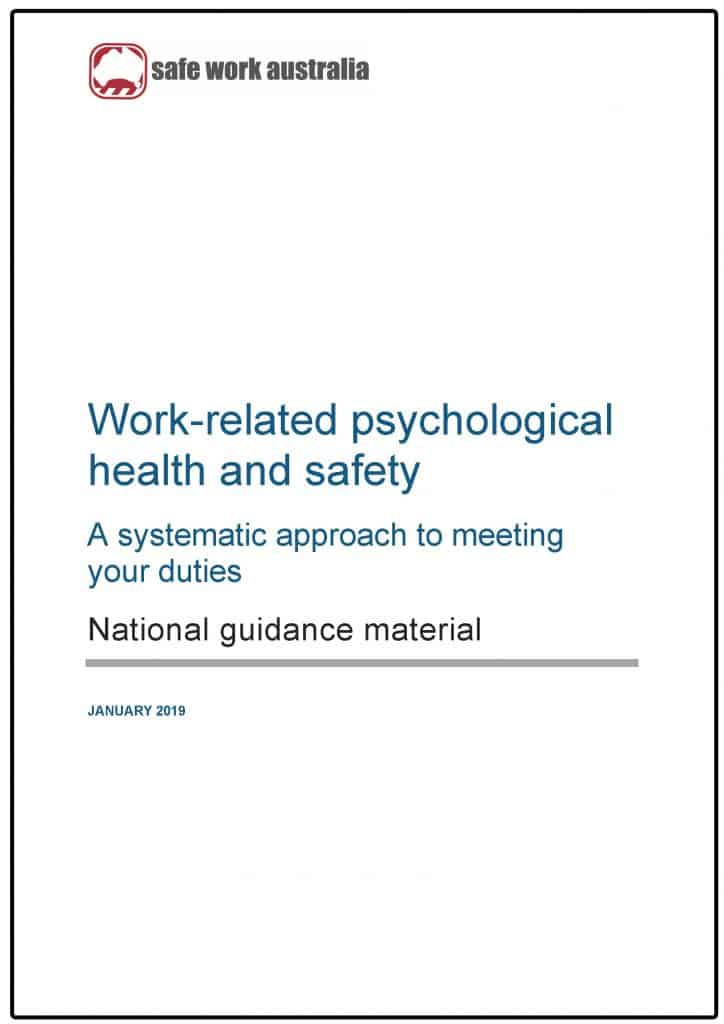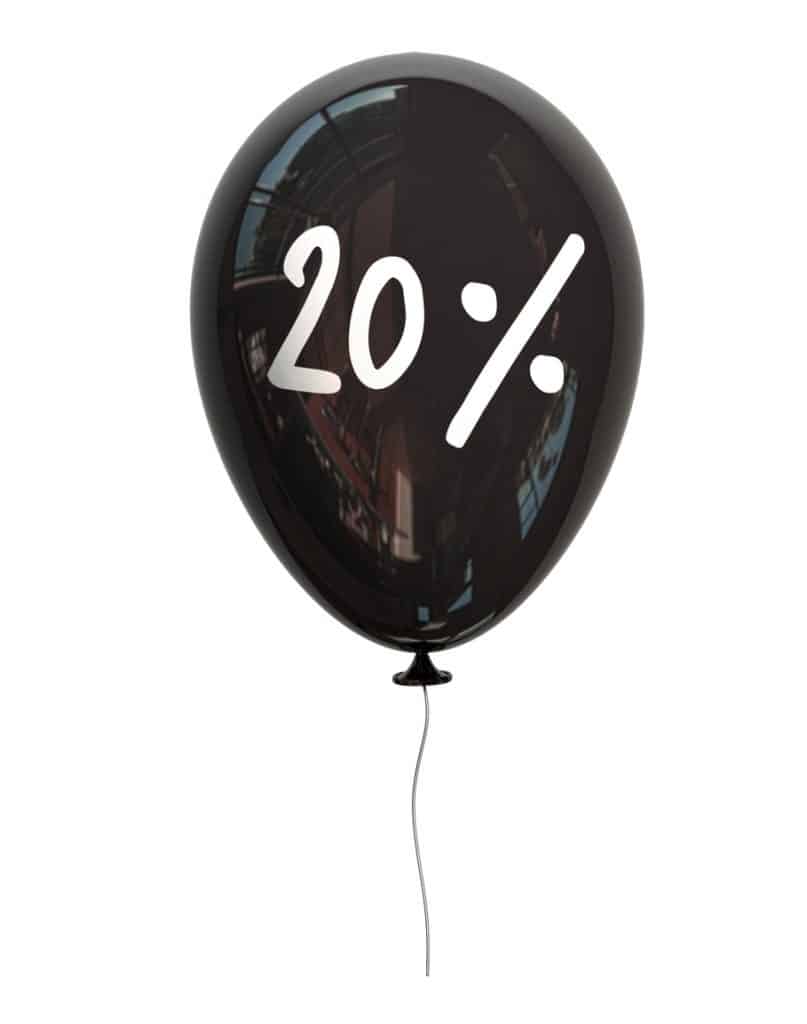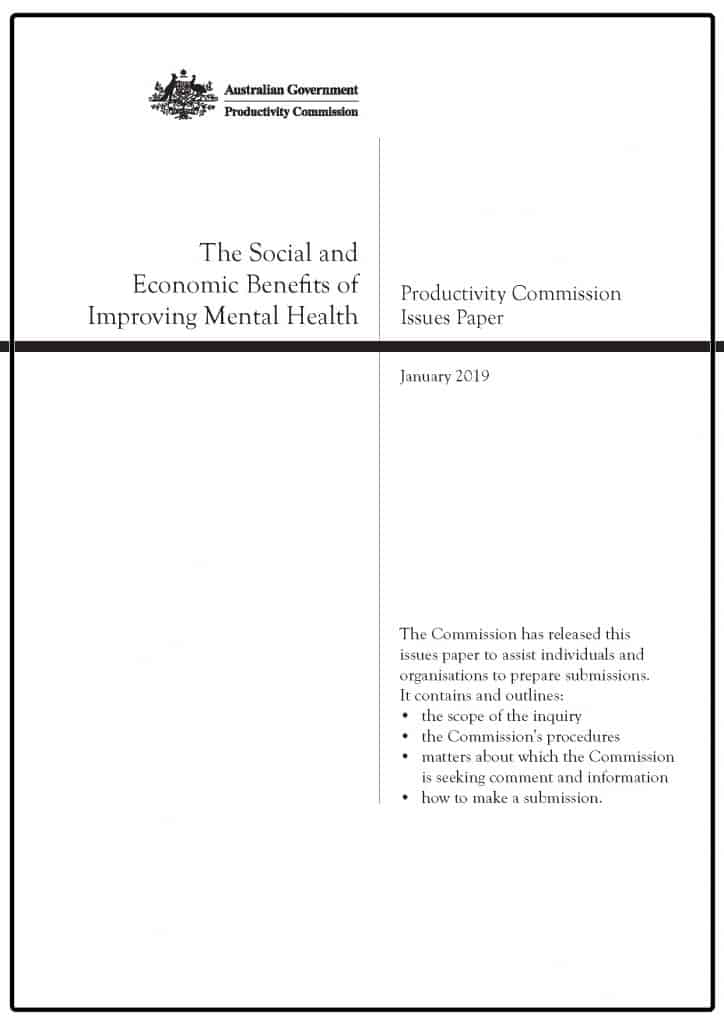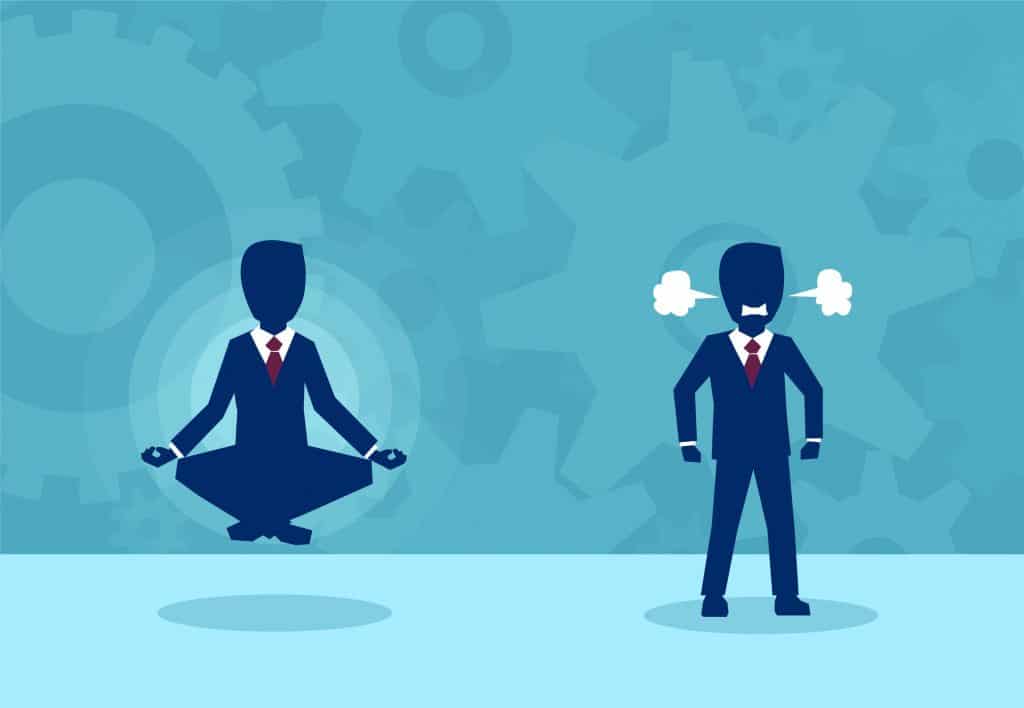 Occupational health and safety (OHS) and Human Resources (HR) disciplines continue to, mostly, operate in isolation and, sometimes, in conflict. Part of the reason is that workplace matters are often seen as either OHS or HR, even though they are both.
Occupational health and safety (OHS) and Human Resources (HR) disciplines continue to, mostly, operate in isolation and, sometimes, in conflict. Part of the reason is that workplace matters are often seen as either OHS or HR, even though they are both.
SafetyAtWorkBlog looks for why Australian workers have four weeks of Annual Leave. Continue reading “Annual Leave is an institutionalised mental health break”






